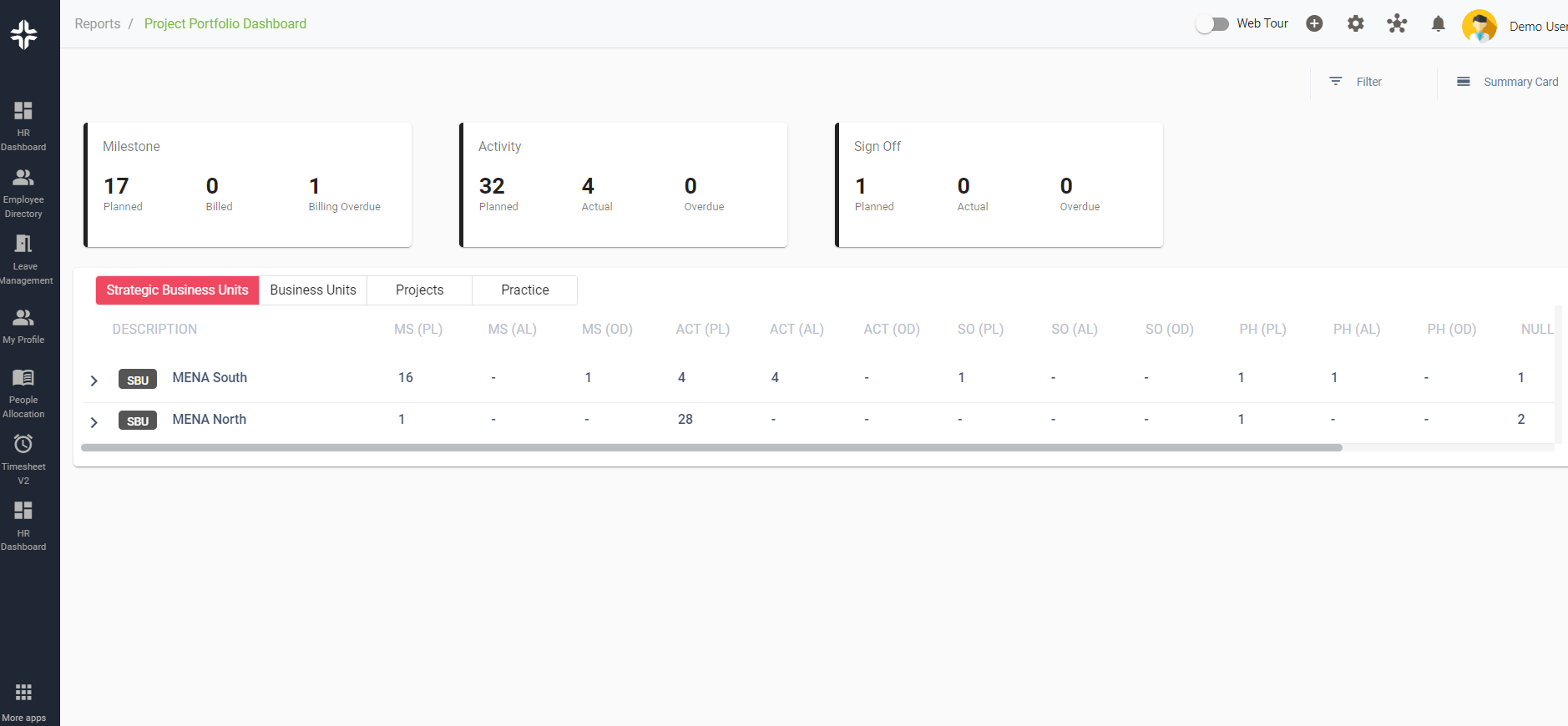Home » PSApedia
Sprint Cycle Time
Optimize Your Workflow with Sprint Cycle Time Analysis. Accelerate Development and Enhance Productivity.

What is Sprint Cycle Time?
Sprint Cycle Time refers to the duration it takes to complete a single sprint in agile project management. A sprint is a set period during which specific work has to be completed and made ready for review. The cycle time measures the efficiency and speed of a team’s workflow, from the moment a task starts until it’s finished.
In the context of Professional Service Automation (PSA), Sprint Cycle Time becomes an essential metric. PSA tools, like KEBS, often integrate agile methodologies to streamline project processes, making the measurement of sprint durations crucial.
Importance of Sprint Cycle Time
Understanding Sprint Cycle Time is vital for several reasons:
1. Efficiency Measurement: It provides insights into how efficiently a team is working. Shorter cycle times might indicate a well-functioning team, while longer times could suggest bottlenecks or other issues.
2. Predictability: By tracking this metric, teams can better predict how long future sprints or tasks might take, aiding in project planning.
3. Continuous Improvement: Identifying the average cycle time helps teams set benchmarks and strive for improvement in subsequent sprints.

Why Sprint Cycle Time is so important?
Calculating Sprint Cycle Time
Formula:
Sprint Cycle Time = End Date of Sprint−Start Date of Sprint
Example:
Let’s say a team starts a sprint on January 1 and completes it on January 15. The Sprint Cycle Time would be:
Sprint Cycle Time=January 15−January 1 = 14 days
Sprint Cycle Time vs Other Metrics
Understanding the difference between these metrics is crucial for efficient project financial management. Sprint Cycle Time is often confused with Lead Time. While both are essential agile metrics, they differ:
1. Sprint Cycle Time: As discussed, it measures the time taken to complete a sprint from start to end.
2. Lead Time: Measures the time from the moment a new task is created until its completion. It includes the time the task spent waiting in the backlog or queue.
| Metric | Description | Purpose in PSA |
|---|---|---|
| Sprint Cycle Time | The time it takes to complete one full sprint in Agile project management. | Measures the efficiency and predictability of project execution. |
| Billable Utilization | The percentage of a professional’s time that is spent on billable client work. | Helps evaluate resource allocation and revenue generation. |
| Project Margin | The difference between project revenue and project costs, expressed as a percentage. | Indicates the profitability of individual projects. |
| Customer Satisfaction | A measure of how satisfied clients are with the services provided. | Reflects the quality and value of professional services. |
How Sprint Cycle Time is Used in Projects?
Sprint Cycle Time plays a pivotal role in:
1. Resource Allocation: By understanding how long tasks take, managers can allocate resources more effectively.
2. Client Communication: It aids in setting realistic expectations with clients regarding project timelines.
3. Improvement Initiatives: Teams can initiate continuous improvement strategies by analyzing cycle times and identifying areas of enhancement.
Ready to Optimize Your Sprint Cycle Time?
KEBS, a leading PSA software, offers tools that can help teams optimize their Sprint Cycle Time. With real-time reporting, teams can monitor their cycle times and make instant adjustments.
KEBS provides tools for effective resource management, ensuring that tasks are assigned to the right people, reducing bottlenecks. Features like the Gantt chart facilitate better team collaboration, leading to faster task completion.

KEBS Project Management
For those looking to delve deeper into optimizing their project processes, KEBS offers a range of resources, from whitepapers to case studies. Book a Demo Today!



